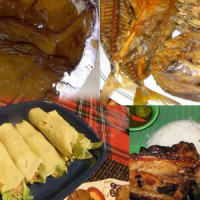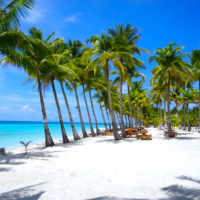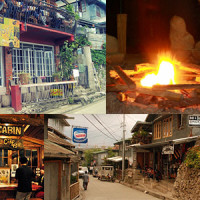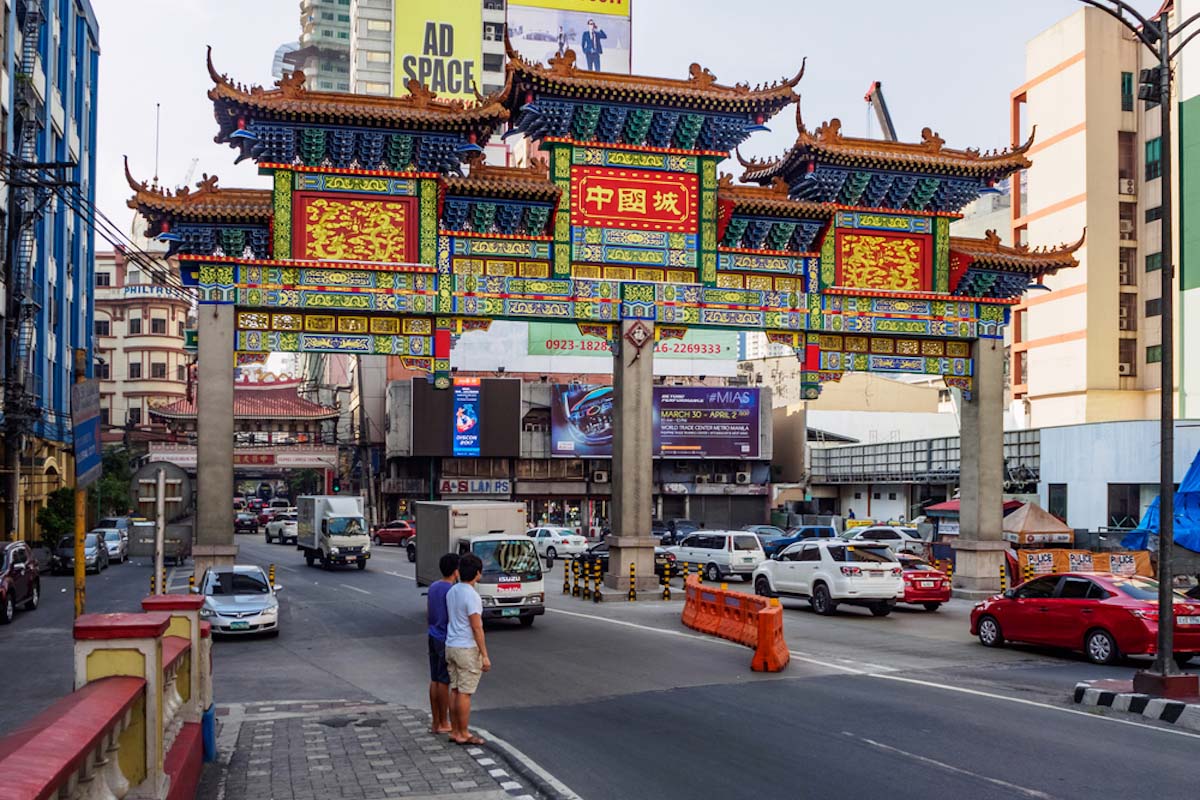
Offering a taste of China beyond the actual country, Binondo stands today as an iconic historical location holding the title of the oldest Chinatown in the world. If you’ve never heard of it or have and would like to know what the rustic district entails, then stay tuned as we’ll be unraveling the complete guide to the nostalgic side of Manila.
First, let’s go back in time to see how this place came to be.
A Brief History of Binondo
Binondo was born 425 years ago as a result of Spanish colonization of the district and Philippines in general. The invading government took occupancy of the walled city of Intramuros just across the river from Binondo with the latter growing to be a popular trading hub for Chinese merchants. These traders, who were already doing commerce in the area even before the colonization, were granted the land in Binondo in perpetuity under the conditions of restricted self-governing roles and tax exemption.

Governor Luis Pérez Dasmariñas of the ruling force also enforced the condition that although the town was set for Chinese immigrants, they had to accept Catholicism prior to gain living privileges there. Thus the region grew in both religion and Chinese heritage as a result with the Chinese intermarrying with the natives to give rise to the community of Chinese mestizo and the planet’s first chinatown in the Philippines.
Where it is and how to get there
Being one of the oldest settlements in the entire Metro Manila, Binondo finds itself deep within the urban jungle. The southern edge of its compact 166-acre area lies along a stretch of the Pasig river and extends to the north all the way to Recto Avenue. The Estero de la Reina, a locally-maintained creek covered by wild greenery, trails its way across and the town and along its eastern border.
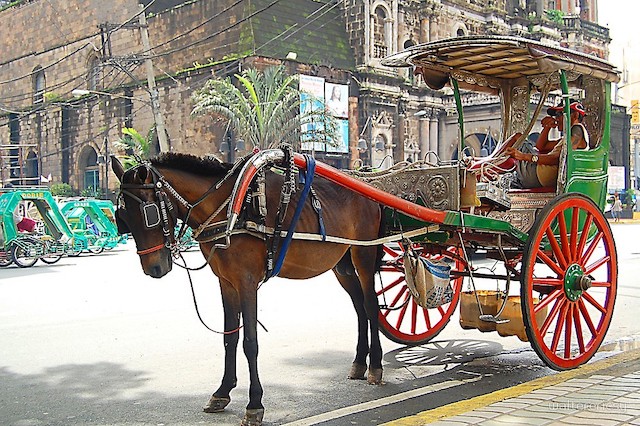
There are several ways to reach this famous district. Probably the cheapest means, if you don’t mind crowds, is by taking the city trains. If you are traveling via LRT line 1, drop off at Carriedo station and if you are on LRT line 2, you should get off at Recto station. From either station, Binondo is only a 10 to 15-minute walk. Another more costly option is to take a cab or rent a car with a driver.
For starters, we do not recommend that you drive a car going there. Not only because of the narrow streets and limited parking areas but the real chinatown experience is on foot. Better yet, once you are in the area, you will find that the way to get around is by horse-driven carriages called “Calesas” as opposed to jeepneys and taxis.
What to see
There’s certainly no shortage of intriguing features and the most visited include:
Binondo Church
The church was founded in 1596, two years after the granting of Binondo as a haven for Chinese immigrants who were politely requested to take up Christianity or risk death or imprisonment. That aside, this vibrant place of worship houses is visited by many religious and is still considered the center of town.
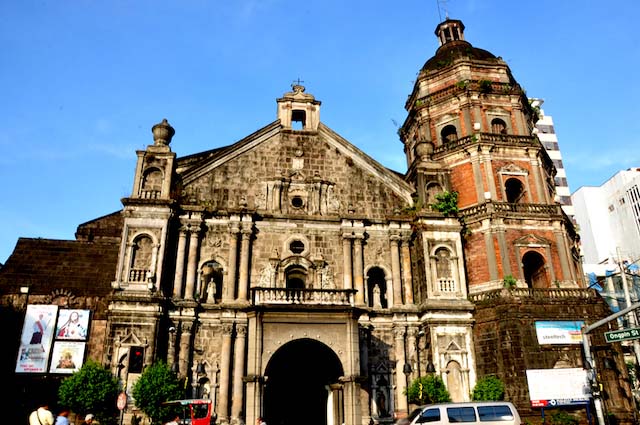
Just nearby is the quaint Plaza of San Lorenzo Ruiz which was built to commemorate one the most celebrated persons to have ever lived in Binondo. Lorenzo Ruiz was a chinese-filipino and is the country’s first ever saint.
Read our article listing down the churches in the Philippines for visita iglesia.
Kuang Kong
Offering more in the way of religious options, Kuang Kong is a Buddhist temple that holds crucial chapters of the origins of the Chinese-Filipino. You can learn more on that as well as have your fate change, or so it’s said, and fortunes read in wooden, crescent half-moons. Another worth your time as well is the Seng Guan Temple in Nara Street.
Escolta Street
For more than a century, the street of Escolta was Manila’s center of commerce, the place of the country’s first ever cinema, ice cream shop, and more. In Spanish, Escolta means “to escort”, which is derived from the street’s history as the passage of dignitaries being escorted to Intramuros, the city’s old capital.
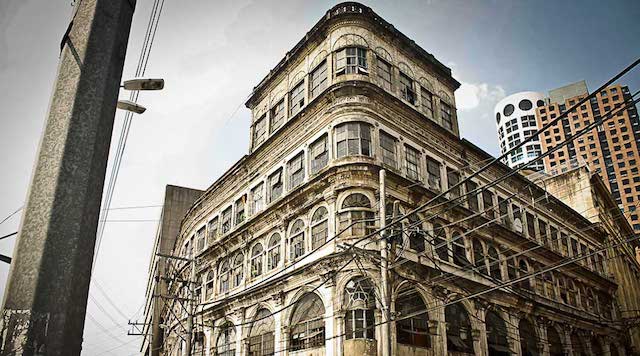
You are sure to fall in love with the 70s deco style architecture which tells the stories of yesteryears. Some of Escolta’s historic buildings include Natividad building, Regina building, the Capitol Theater, the First United Building, El Hogar, and the Don Roman Santos building which was originally built in 1894.
Check out our list of the top 10 historical sites in the Philippines.
Notable events to keep in mind for the perfect Binondo trip
The Chinese New Year is certainly a date to mark on your calendar with this annual traditional festivity of dragon dances and fireworks a notable January to February highlight. If you do catch the New Year celebrations, it would be prudent to stick around for the interesting curtain-downing ceremony of the Lantern Festival.
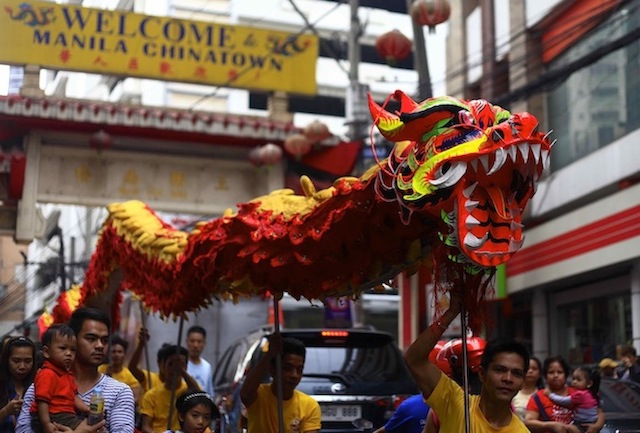
For some mid-year celebrations, the Hungry Ghost Festival (It’s exactly as it sounds) is sure to keep you occupied with ritual commemorations during a month where Buddhists believe the dead visit the living. Aside from sit-downs with relatives, you’d hoped to never see again, round fruits and moon cakes are also worth the attendance.
The Philippines hosts a bounty of different festivals all year round. You can check out our article of the must-see festivals in the Philippines to find out more.
Chinatown shopping galore
Binondo is a place filled with cultural and historic treasures and of course: shops – lots and lots of shops. Stalls lineup the street of Ongpin availing gold and silver jewelry as well as chestnuts and sugarcanes if you’re into all that.
Spanish era cocoa and chocolate tablets can be sought at La Resurrection while various shops in the vicinity also sell lucky charms other and Feng Shui products.
Where to eat great food in Binondo
The gastronomy industry in the district is quite exemplary and is gaining credibility on an international scale with the sole reason of travel for many tourists being down to the food itself.

You’ll find excellent Hokkien Cuisine- this being the most popular- at:
Dong Bei Dumplings
As their name would have it, unforgettable dumplings- a customary Chinese food- is the order of the day and reputably the best item on the menu.
Wai Ying Fastfood
You’ll get a taste of exquisite Chinese dishes here the most notable of which include Hakaw, Mami, and, of course, Dumplings.
Royal Garden
Look to this swanky restaurant for a share of exotic cuisines revolving around Shark’s Fin and Dim Sum.
Crepe de Chine
You’ll want to try their pasta and crepes because they are said to be out of this world.
Also, don’t forget to make time for some primordial tea at the Ying Ying Teahouse or the President’s Teahouse.
Where to stay
Nearby accommodation comes in the way of clean, comfortable suites and hotels such as:
Binondo Suite
Offering lovely three-star rooms, this suite is most desirable for its location at the heart of Chinatown.
Mabini Mansion Hotel
A kitchen comes with each of the 149 rooms available alongside amenities such as a telephone unit, a shower, air conditioning unit and a humble TV.
Manila Grand Opera Hotel
Built upon the former and similarly named theater, this is the place to be for an opulent pampering of lavishness.
The Bayleaf Hotel Intramuros
This boutique hotel is an award-winner of Tripadvisor’s Certificate of Excellence as well as the Traveler’s Choice Award. It is located within the walls of Intramuros, just minutes away from Binondo.
Other great places to consider also include Ramada Manila Central, Manila Pavilion Hotel, Manila Hotel, the Red Planet Manila Binondo, Dela Chambre Hotel and Best Fortune Hotel.
Once you’re through with enthralling Binondo, nearby Intramuros also has just as much to offer presenting an excellent opportunity to kill two birds with one stone.



